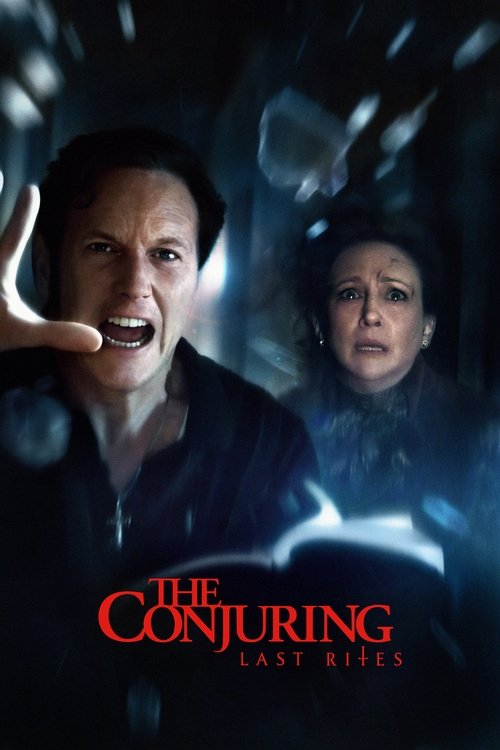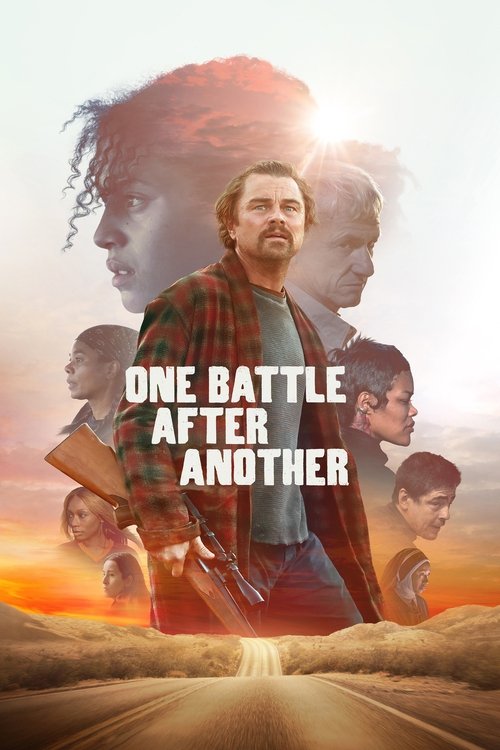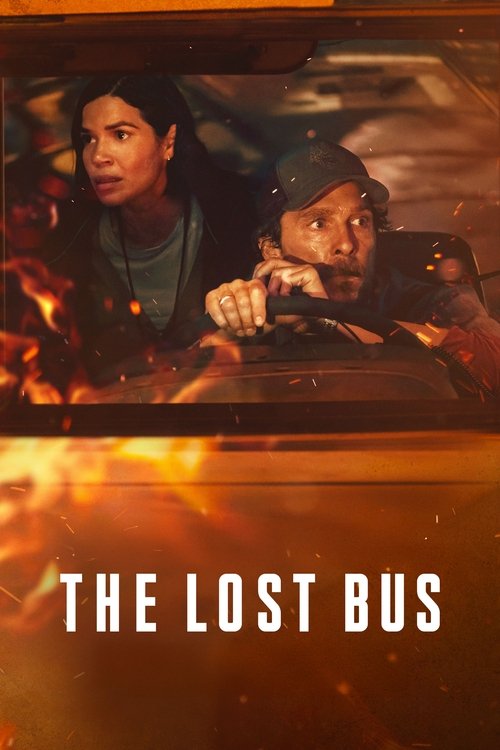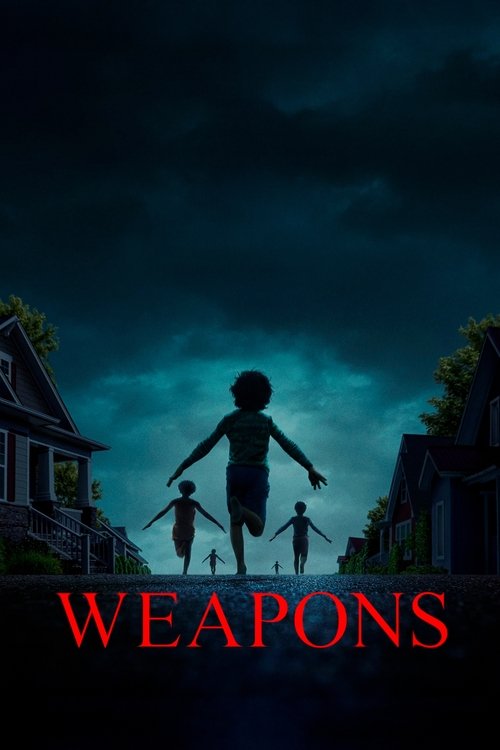
Ask Your Own Question
What is the plot?
Claude Hooper Bukowski leaves his Oklahoma home after receiving a notice to appear before the draft board and arrives in New York City, unfamiliar with the city but determined to see it before he must report. Wandering through the streets, he encounters a tight-knit group of long-haired young people who earn coins on street corners and in parks; their leader, a charismatic man named George Berger, commands their loyalty. Claude watches them ride three rented horses through the avenues as part of their panhandling routine, and among the riders he recognizes Sheila Franklin, a young woman from Short Hills, New Jersey, who has slipped away from her privileged household. When one horse bolts, Claude runs after it, vaults onto its back and rides it to a halt, then returns the animal to Berger. Berger, impressed, invites Claude to spend the evening with the group and show him around the city.
That night, Claude sits with Berger and the others while they smoke marijuana. Berger introduces him to the tribe's world: LaFayette "Hud" Johnson, Hud's girlfriend who is pregnant, Jeannie Ryan, the warm but anxious woman carrying their child; Woof Dachshund, who bonds with Claude; and several other friends. They talk, sing, and perform for each other on street corners, and they also air the racial and social injustices they see around them. The next day someone finds a newspaper clipping that reveals Sheila's home address in Short Hills. Riding on a dare, Berger and his companions decide to crash a formal dinner party at the Franklin house to confront the line between Sheila's luxury and their own lives. They force their way into the gathering to introduce Claude to Sheila, startling the assembled guests; Sheila, who has grown exhausted by the strictures of her upbringing, secretly enjoys the disruption and the freedom the intruders bring.
Police interrupt the intrusion and arrest several members of the tribe. Claude spends his last twenty-dollar bills to bail Berger out of the station the same night, then offers another $30 from his few possessions to cover the others, leaving him with only a small amount of cash. At the station, Woody--known to the group simply as Woof--refuses to let the authorities cut his long hair, and the officers threaten to do it themselves until the bail money arrives. With Berger freed, the group disperses, but the friction between their life choices and the outside world remains.
Sheila visits the Franklin home with a hope of fidelity to her family, seeking money from her father to help the hippies after the arrest, but her father refuses. Berger, unable to borrow funds from his own strained relationships, walks to the house of his estranged parents. He confronts his past by asking his mother for help; she gives him enough cash to cover the bail for the friends he dragged into the Franklin incident. With money in hand, Berger rejoins the tribe and the group leaves New York to attend a peace rally in Central Park where thousands gather to protest and to celebrate. At the rally, Claude takes LSD for the first time and experiences an intense, disorienting trip. The acid amplifies his confusion about where he belongs, and his visions mix memories of his Oklahoma upbringing, images of Sheila in her proper world, and the hazy camaraderie of the tribe. During the rally, Jeannie, anxious about the future and desperate to keep Claude from being drafted, proposes that he marry her so he will be exempt from service; she speaks plainly and tears fill her eyes. Before Claude gives a definitive answer, Sheila appears among the crowd to apologize for the frank intrusion into her parents' home. Claude is still under the influence and inwardly torn as he struggles to determine which of the three communities--his family's Midwest values, Sheila's affluent circle, or the tribe's communal life--he truly fits into.
Tensions simmer after the rally. Claude and Berger's friendship frays partly because of a cruel practical joke the tribe plays on Sheila: while Sheila goes skinny-dipping, members of the group steal her clothes and leave her stranded, forcing her to flag down a taxi wearing only her undergarments. Sheila feels humiliated and betrayed; Claude grows disgusted with the group's cavalier attitude toward personal responsibility and the line they have crossed. The argument expands into a broader dispute about the Vietnam War, obligations to family, and what it means to belong. Following the confrontation Claude wanders the city streets alone, asking himself where he belongs, then finally decides to comply with the draft. He reports to the local induction center, completes his enlistment paperwork, and is assigned to basic training in an Army facility in Nevada.
Winter arrives while Claude serves at the training base in the desert. He writes to Sheila and pours out his confusion in letters; when she reads his correspondence she shares the news with Berger and the others, who become determined to visit him before his deployment. Back in New York, Hud's relationship becomes more complicated: he has a young son, LaFayette Jr., and Hud's partner presses him to make a formal commitment and marry as they had discussed earlier. The tribe concocts a plan to travel west to see Claude, and they conspire to procure a vehicle for the long haul. They trick Sheila's brother Steve into parting with his car, using charm and distraction to steal it without resorting to force, and then pile into the stolen vehicle and head across the country toward Nevada.
When the hippies arrive at the Army training facility where Claude is stationed, military police refuse them entry. The base's commanding presence and the MPs' disdain for their appearance keep them at the perimeter. Sheila, determined to see Claude, talks to a local sergeant named Fenton in a bar and maneuvers him away from the base: she invites him to an isolated desert road and lures him into a situation the group has arranged. There, they remove his uniform and take his car. Berger acts decisively; he shaves his long hair, puts on the stolen uniform, and drives the vehicle onto the army installation. Using the uniform as a disguise, Berger enters the barracks and finds Claude. He explains that he will cover the next headcount by standing in for Claude so that Claude and Sheila can slip away for a picnic in the desert outside the base, a last moment of freedom before Claude ships out.
Claude, disguised and trusting Berger's plan, sneaks off to the picnic with Sheila and the rest of the tribe. While they sit together in the desert and share food, laughter, and a fragile peace, the training base abruptly moves to full alert. The barracks fill with activity; personnel prepare for immediate deployment and many men are processed for rapid shipment to Southeast Asia. The ruse begins to have consequences. Berger, still inside the base wearing the stolen uniform and bearing the identity assumed for the headcount, is swept up in the movement of troops. He is not singled out for special scrutiny, and the military personnel do not recognize that he is an imposter. When the orders route soldiers to planes, Berger boards a transport bound for the war zone, carried along by standard procedure. Claude notices the sudden commotion at the base, leaves the picnic and hurries back to the barracks, but he arrives too late: the plane carrying soldiers is taxiing and Berger's transport departs. Claude sprints toward the tarmac and waves at the aircraft as it lifts off, trying to signal the men on board or to halt the plane, but he cannot reach them before the plane becomes airborne. Berger is carried away with those units headed to Vietnam.
Months pass after the departure. Claude receives no word from Berger, and time in the Army separates him further from the tribe. Because he left the base to attend the picnic--absent without leave--he incurs military penalties; he is processed and receives a dishonorable discharge for having gone AWOL. He returns to civilian life marked by that record. Back in New York, the tribe endures the absence of Berger with grief and stunned disbelief. News filters through that George Berger is dead: an official marker at Arlington National Cemetery confirms that Berger was killed in action in Vietnam. The film and the narrative do not name the specific enemy combatant who dealt the fatal blow; the record simply lists Berger as KIA, a casualty of the combat that consumes many young men in Southeast Asia.
Claude, having been discharged and carrying the weight of what happened, walks with Sheila and the rest of Berger's friends to the cemetery. They stand at Berger's grave, small mementos and flowers set at the headstone, and they read the inscription that verifies his death. The tribe members--Hud, Jeannie, Woof, and others--cluster around Claude and Sheila, each showing grief in their own way: some cry openly, some stand in stunned silence. The group's dynamics have shifted: Jeannie, who had once hoped marriage would keep Claude from the draft, confronts the loss of Berger and the tangible costs of their resistance. Sheila, who had tasted both her family's world and the tribe's, remains with Claude and with the others as they face the practical consequences of Berger's death.
The story concludes with the tribe joining a massive antiwar demonstration in Washington, D.C. They gather with thousands of other protesters, holding signs and chanting as they march. The camera follows Claude and Sheila through the crowd as they move toward the center of the protest, and the final images show the assembled multitude calling for an end to the conflict overseas. The last scenes linger on the faces of those who remain: the survivors who continue to demand change, and the empty space left by the man who once led them, whose grave they have left behind. The demonstration swells around them, and the narrative closes on the group's presence at the protest, a visible assembly of friends and strangers bound by loss and by their shared opposition to the war.
What is the ending?
The ending of the 2025 short animated film Dating Woof shows the gamer girl and her mysterious online rival meeting in real life, only to discover that he is actually a dog. Their date escalates into a chaotic scene involving excessive food orders and a physical altercation, which leads to animal control arriving and taking both away. They then agree to have a "safe fight" after being detained.
Expanding on the ending scene by scene:
The story culminates with the gamer girl, known as Princess Lamni, finally meeting her online rival, Indiana Bones, in person after a series of gaming defeats. She has devised a plan to lure him into a date with the intention of financially exploiting him. During the date at a restaurant, Princess Lamni orders an excessive amount of food, deliberately leaving Indiana Bones broke and overwhelmed.
As the date progresses, tensions rise, and a physical altercation breaks out between the two. The fight is intense enough that other restaurant patrons become alarmed and call animal control. This is a key moment revealing that Indiana Bones is not a typical human rival but actually a dog, which adds a surreal and comedic twist to the narrative.
Animal control arrives and takes both Princess Lamni and Indiana Bones away, signaling the end of their chaotic encounter. While in custody, the two characters come to an agreement to have a "safe fight," implying a truce or a more controlled way to settle their rivalry.
Regarding the fate of the main characters:
- Princess Lamni ends up detained by animal control but appears to reach a mutual understanding with Indiana Bones, suggesting a possible continuation of their dynamic in a less hostile manner.
- Indiana Bones, revealed to be a dog, is also taken by animal control, highlighting the absurdity and humor of the situation.
This ending scene encapsulates the film's blend of gaming culture, rivalry, and unexpected twists, all within a brief, animated format lasting about five minutes. The narrative unfolds with clear visual and emotional beats, from the initial excitement of the date to the chaotic climax and resolution with animal control intervention. The film uses this ending to playfully subvert expectations about online identities and confrontations.
Is there a post-credit scene?
There is no available information from the search results about a post-credit scene for the movie titled Dating Woof produced in 2025. None of the sources mention this film or its post-credit content specifically. Therefore, based on the current data, it is not confirmed whether Dating Woof has a post-credit scene or what it might be.
If you need a detailed description of a post-credit scene for Dating Woof, it appears that such information is not publicly documented or released as of now.
What is the true identity of the mysterious online rival the gamer girl meets in Dating Woof?
The gamer girl discovers that her mysterious online rival is actually a dog, which is a surprising and central plot twist in the story.
How does the gamer girl plan to get back at Indiana Bones after multiple defeats in their game battles?
Princess Lamni, the gamer girl, concocts a scheme to lure Indiana Bones into a date where she orders excessive food to financially exploit him as revenge for her defeats.
What happens during the date between Princess Lamni and Indiana Bones in Dating Woof?
During the date, a physical altercation breaks out in the restaurant, leading other customers to call animal control, who then take both Princess Lamni and Indiana Bones away.
What agreement do Princess Lamni and Indiana Bones reach after being taken away by animal control?
After being taken away, they agree to have a 'safe fight,' indicating a truce or a new understanding between them.
What role does the theme of gaming competition play in the character dynamics of Dating Woof?
The gaming competition is the catalyst for the characters' interactions, with Princess Lamni's repeated defeats motivating her to challenge Indiana Bones in real life, driving the plot and their evolving relationship.
Is this family friendly?
The movie Dating Woof (2025) is a short animated film about a gamer girl who meets her mysterious online rival in real life, only to discover he is actually a dog. Given its short runtime (5 minutes) and animated format, it is generally suitable for a family audience.
There are no detailed content warnings or reports of objectionable or upsetting scenes specifically associated with Dating Woof in the available information. The film appears to be lighthearted and whimsical, focusing on the humorous and surprising premise of an online rival being a dog. There is no indication of violence, strong language, or mature themes that would be inappropriate for children or sensitive viewers.
In summary, Dating Woof can be considered family-friendly with no known potentially objectionable or upsetting content for children or sensitive people based on current information.











